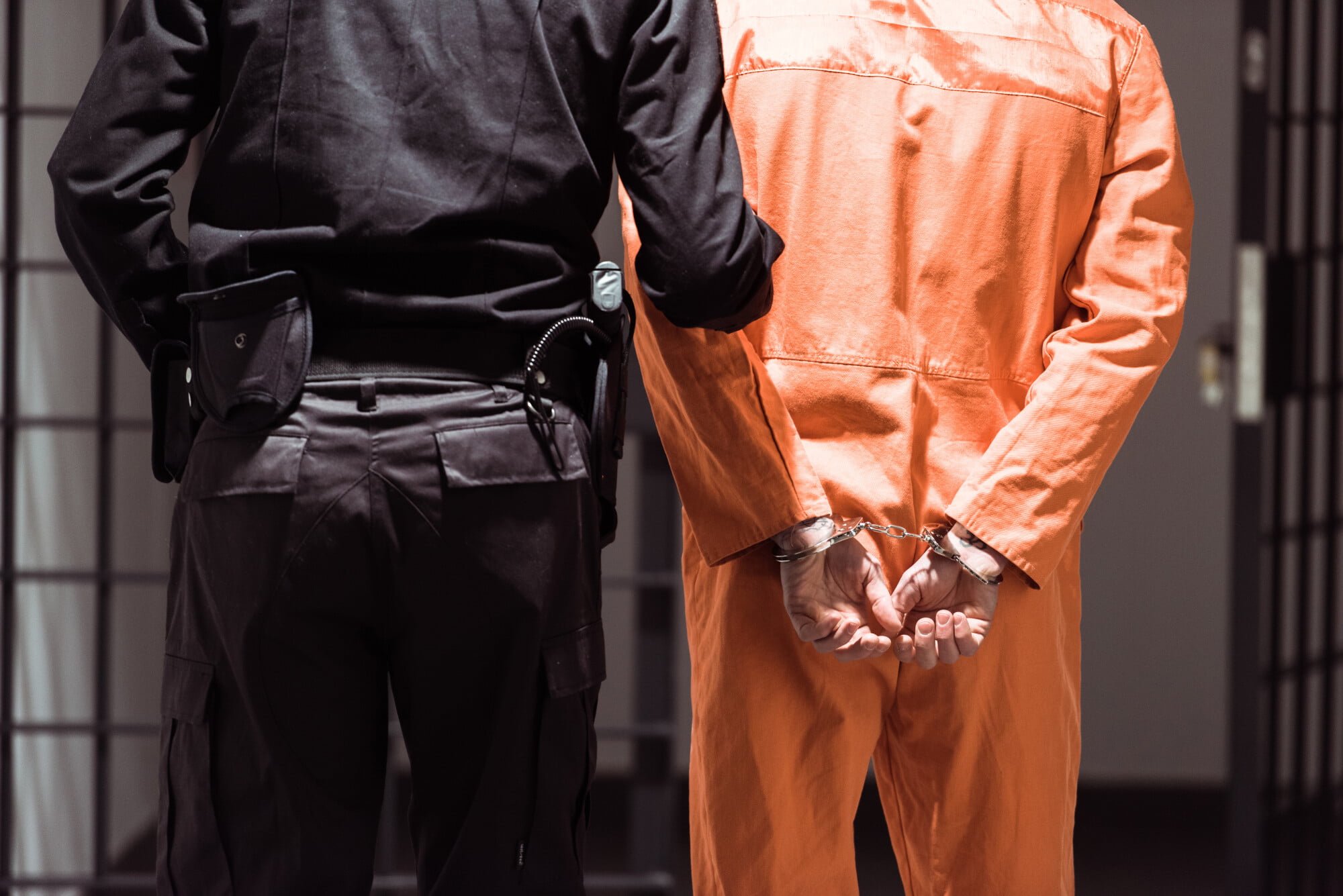Everything You Need to Know Before You Visit a Prisoner
What comes to mind when you hear the word prison?
For most of us, the first association we have is negative. They’re hard places filled with criminals, rapists, and murderers. And the last thing that comes to mind is visiting a prisoner.
But of course, visiting a prisoner is perfectly acceptable and even encouraged by the prison administration. It can be a wonderful help to inmates, allowing them to stay connected to their friends and families.
You might be preparing to do this soon. And if so, you might be feeling some inner conflict.
Here is everything you need to know when it’s time to visit a prisoner.
Preparing to Visit
Before visiting a prisoner, there are a few important items to know and adhere to to ensure a safe and successful visit. Here are the lists you need to do.
Locate the Inmate
One of the most important things to remember is to locate the inmate before making any arrangements. You can do this by researching the inmate’s facility or contacting the facility directly.
Once you have found the inmate, be sure to check out the facility’s visitation rules, which can be found on the facility’s website, and make sure you bring any required materials with you when you visit. Other things you should know include scheduling your visit in advance, knowing that visitors and items visitors bring into the facility will be inspected, and understanding that visiting may be monitored or recorded.
Find the Prisons Website
First and foremost, find the prison’s website to review important rules and regulations. Visiting times, procedures, and COVID-19 protocols should all be outlined on the website.
All visitors must present proof of identity and likely pass through airport-style security. Prisons often limit the items that can be brought onto the premises, so check the website to confirm what can be brought, such as photos, money, books, and debit cards.
Have the Prisoner Put You on the Visiting List
One of the most important is to have the prisoner put you on the visiting list. Depending on the institution, this may require your name, address, and a form of identification, such as a driver’s license or a passport.
Knowing the visiting hours, inmate search and security levels, and visiting rules. Most provisions will not allow weapons or drugs to be brought into the city jail. Items such as food and beverages must also be overlooked.
Complete a Visitor Application
To secure a visitor application, you must be at least 18 and have a valid state or federal government-issued ID. Visitors will also be required to provide documentation such as proof of relationship and address and contact information for the prisoner. After completing the visitor application, visitors may need to pass a background check before being accepted.
Be Approved
Before visiting a prisoner, it’s important to make sure you are approved to do so. This generally requires you to fill out an application, provide two forms of ID and sometimes provide letters of recommendation.
It is also important to contact the prison’s visitation line before visiting to confirm what items can be brought to the prisoner. It is also important to know the visitation hours, which may change weekly.
Be on Time
If you plan to visit an inmate, punctuality is a must. Being late to the prison could cancel the visit and the privilege of visiting a prisoner revoked. Visitors should plan for their visit and leave plenty of time for searches.
Punctuality is also important for the prisoner’s well-being, as long waits without knowing why can lead to further distress. Arriving at the facility 15 minutes early is also recommended, just in case of any parking or security obstacles. If, for any reason, the visitor is running late, they should contact the correctional facility as soon as possible to inform them of the delay.
Be Aware of What You Can Bring
Personal items such as cell phones, cameras, and food are strictly prohibited. Any clothing or items seen as a threat or contraband must be left at home. These items may include drugs, guns, and other items such as cigarettes.
Permissible items that may be brought into the prison include money to purchase items from the commissary, magazines, books, and paper or envelopes to write letters. The warden may allow religious items, such as a Bible, crucifix, or certain approved items that benefit the inmate. All items should be placed in a clear bag and inspected before admission.
Dress Code
Jeans or casual pants are typically allowed, but skirts, dresses, and shorts are usually prohibited. Tank tops are typically not allowed, and anything with chains, studs, patches, or other embellishments made of metal should be avoided.
Shoes are required, and sandals, flip-flops, or open-toe shoes are normally prohibited. Avoid sunglass indoors.
Avoid clothing referencing drugs, gang symbols, or anything that may offend the staff or other prisoners. It’s best to dress casually but respectfully, such as a pair of jeans, a collared shirt, and sensible shoes. If you’re unsure if something is appropriate, err on caution to avoid any potential issues.
Preparation Tips Before You Visit a Prisoner
It can be a rewarding experience when you visit a prisoner, but you need to understand the protocol and regulations to ensure everything goes smoothly. I hope this blog has given you a better understanding of what to expect. Reach out to staff at your prison or correctional facility to ensure you understand the visitation regulations before visiting.
If you enjoyed this article and want to learn more, check out the rest of our blog.




